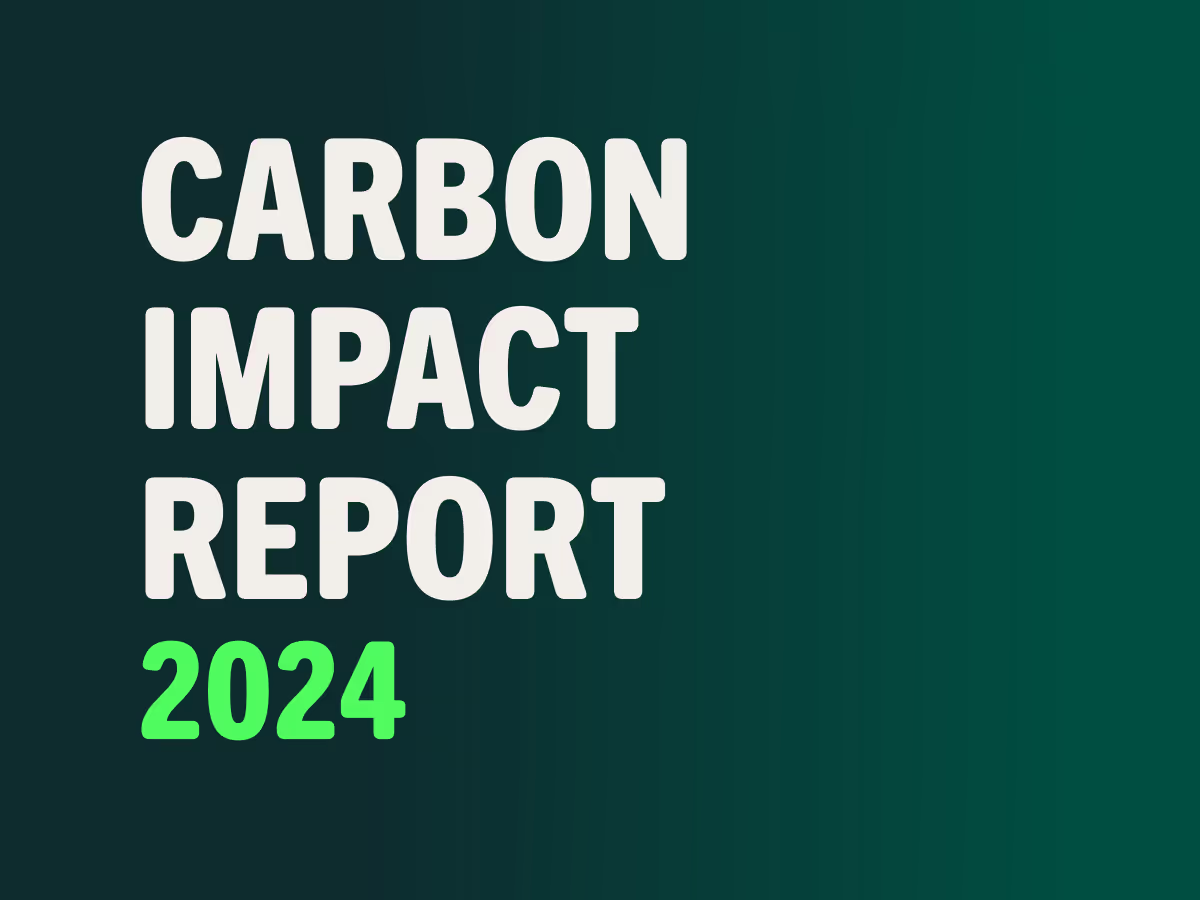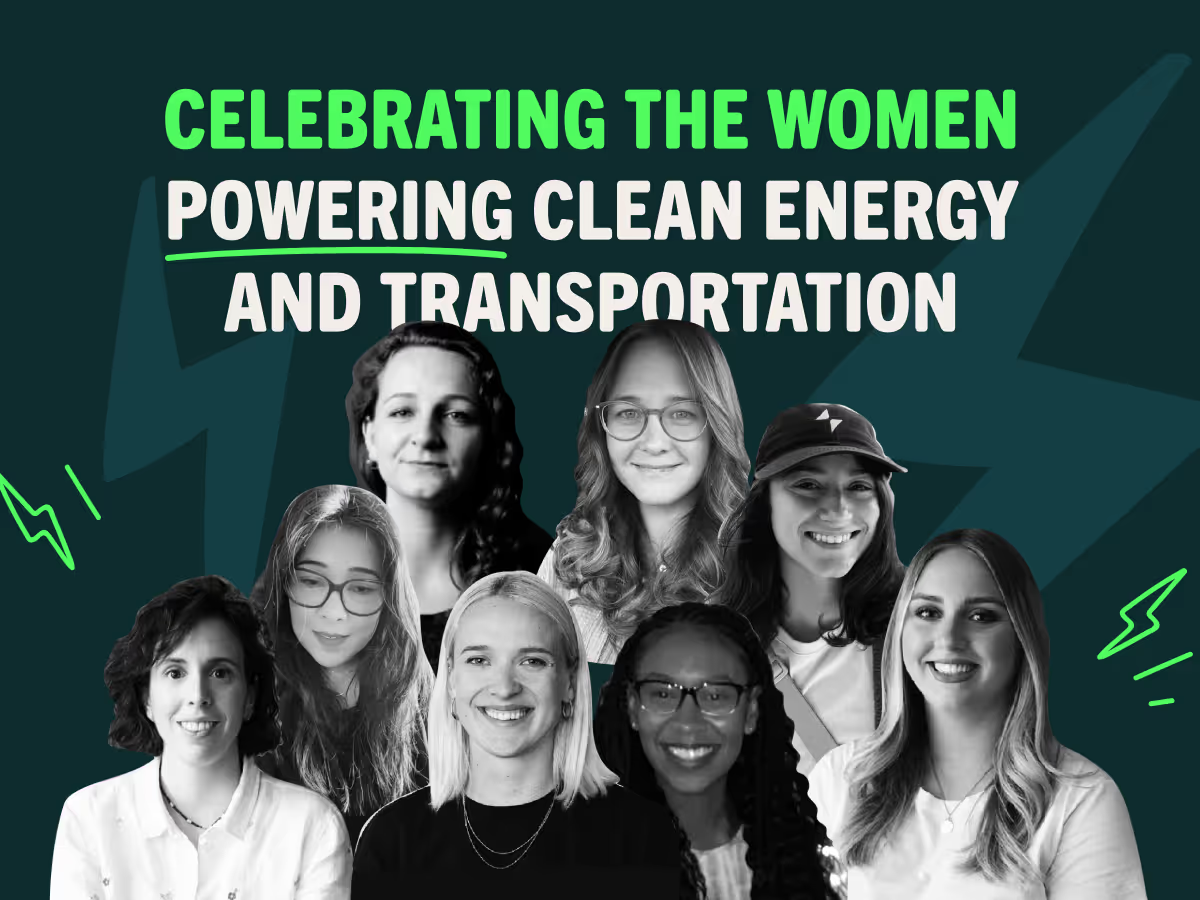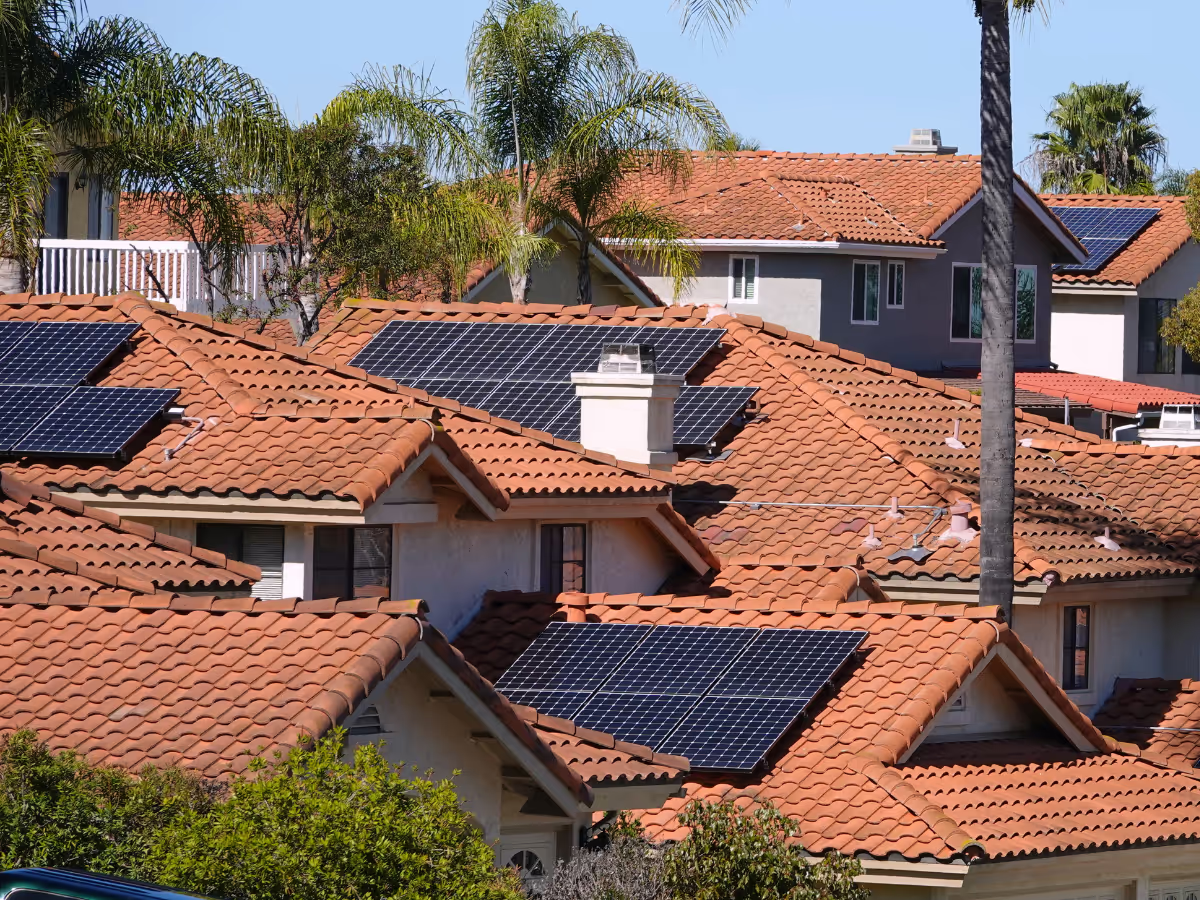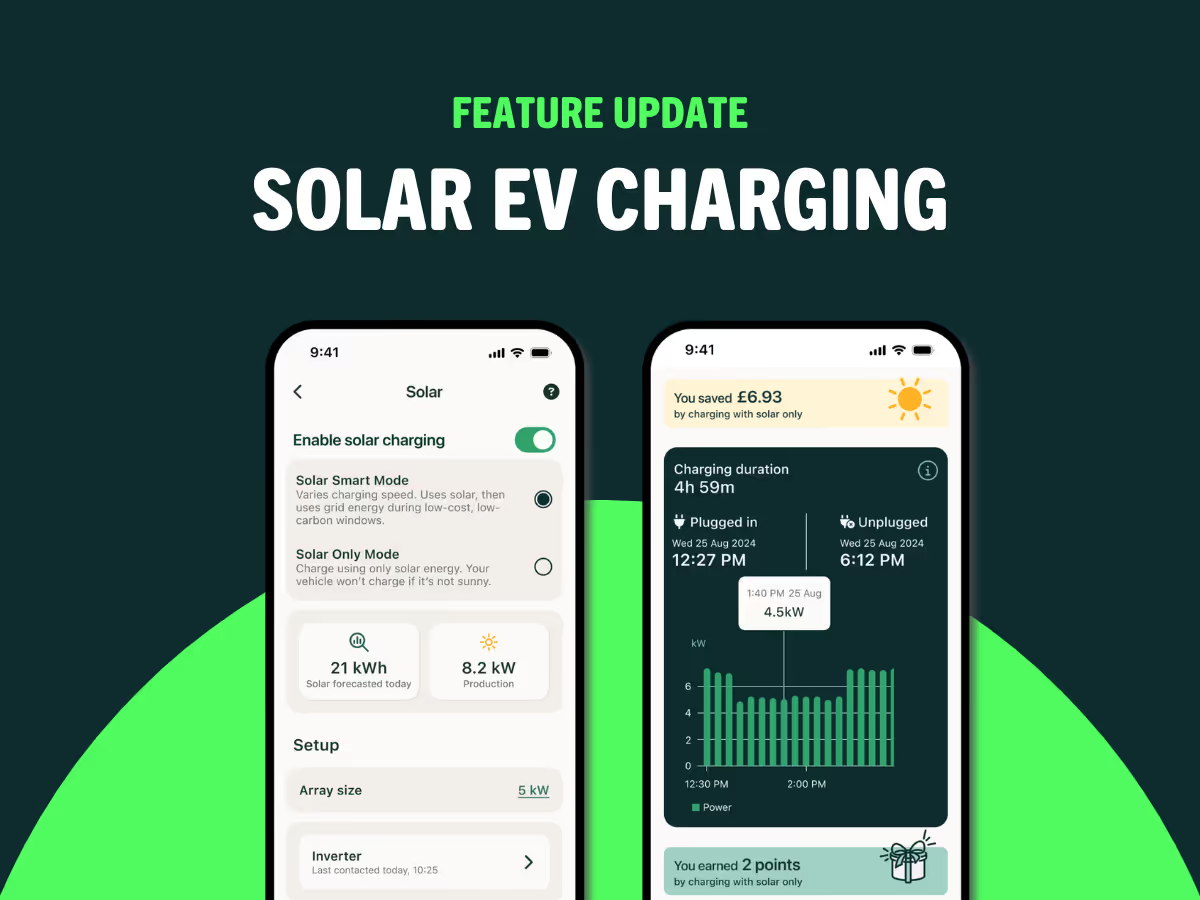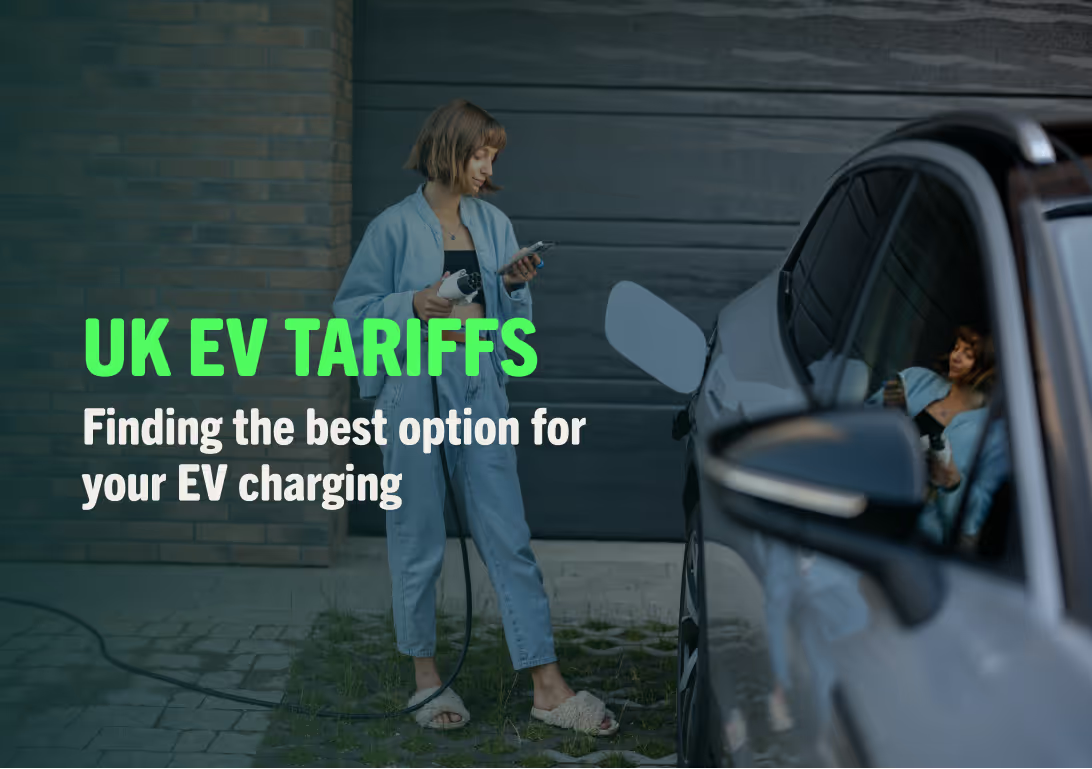Cheaper, greener, fairer energy for everyone: Here’s how we get there


With an undersupply causing gas prices to rocket in Europe, grid stability under question in North America, and the world transitioning away from fossil fuels – it’s fair to say that energy network operators are facing a number of headaches right now.
In fact, our energy networks are under more strain than ever, and this is only set to intensify over the coming years. As well as the usual challenge of keeping the lights on, multiple new challenges are now rising to the top.
Whether it’s UK energy prices rising by 54% or blackouts in the US, our relationship with energy is certainly changing, and that impacts all of us. Fortunately, however, we as consumers can play a positive role in changing this for the better, which will help us all to achieve a cheaper, greener and fairer energy system in the coming years.
The challenge ahead
The rise of electric vehicles (EVs) poses a substantial challenge to our existing energy networks which, even in countries with more advanced infrastructure such as Germany, are simply not built to deliver the energy supply that would be required if everyone switched over to an EV today.
Tackling this issue with our usual solution, to build more infrastructure, would require billions spent on power plants, pylons and substations across every state, a seemingly unfeasible cost as our economies look to recover themselves after the COVID-19 pandemic.
This would also have a direct impact on energy bills, not only for individual households but also for businesses, which would then need to add these costs to their products and services. That’s an undesirable situation.
In addition to that, governments have now set targets that will have a huge impact on how countries produce energy. Last year at the United Nations Climate Change Conference, COP26, governments firmed up these commitments with the first-ever mention of fossil fuels in their agreement. It states that each country will move towards “the phasedown of unabated coal power and phase-out of inefficient fossil fuel subsidies”.
Agreements from COP26 will impact the cars we drive, how we heat our home and much more.
As you’d expect, some countries are further ahead of others in this respect. The UK, US and much of the world have now set targets to reach net-zero carbon emissions by 2050. While the “net” in net-zero does allow for some buying-and-selling of “carbon credits” with other countries, power networks have a significant impact on emissions and will have to follow these mandated targets.

On top of that, power networks are also battling changing and increasingly more volatile weather events, such as the North American winter storm in February 2021, which left almost 10 million people without power across the US and Mexico. Texas, which has a separate power grid from the rest of the US and relies heavily on natural gas, was particularly affected by the freezing conditions.
Unfortunately, many of the effects of climate change are now baked in and all areas of our energy grids will need to be prepared for this. However, with increasingly cheaper technology we are able to harness the energy of freak weather events on a bigger scale and more efficiently than ever before.
Wind, waves, the sun and even heat below-ground can be used to create low-cost energy that’s completely free of carbon and other harmful emissions, but the challenge is that these forms of energy production are far more unpredictable than fossil fuels.
When energy demand spikes, as everyone is cooking dinner, for example, fossil fuels can be relied on to quickly and securely provide the extra energy needed to avoid blackouts. This is still the case today in most power networks.
In a world beyond fossil fuels, how will we keep the lights on when the sun won’t shine and the wind won’t blow?
Getting smart with energy
Along with the increased energy demand created by electric vehicles, the transition to a fossil-fuel-free future is the biggest challenge our power networks have ever faced, but there is a convenient, climate-friendly solution that doesn’t require eye-watering investment.
By getting smarter with how – and most importantly, when – we use energy, we can balance out these peaks in demand, create stability and move away from a reliance on coal and oil.
This can be done by using appliances such as washing machines and tumble dryers during off-peak periods, typically in the middle of the day or early hours of the morning, for example.
In the UK, Octopus Energy is trialling this by offering free energy to all customers who reduce their energy during peak periods by a set percentage. It’s an exciting development that hints at how the way we pay for energy could change in the future, but it remains very manual for now.
Similarly, in the US utility companies such as Silicon Valley Clean Energy are introducing time-of-use tariffs, which encourages individuals and businesses to use less energy during peak times by offering cheaper energy during off-peak periods.
At ev.energy, we’re helping electric vehicle drivers across the US, UK, Germany and beyond to charge up their vehicle during off-peak hours, which allows drivers on variable rate tariffs to save money and carbon emissions with every EV charge.

Once you’ve downloaded the ev.energy app and connected a vehicle or home charge point, our app will use information such as your energy tariff, local weather conditions, solar forecasts (for those with solar panels installed) and how energy is being produced in your area, to then optimise every charge. The app will speed up or slow down your charging to get the greenest and most affordable times.
By setting a scheduled ready-by time, your car is always ready when you need it. And for those occasions when you want your car charged up as soon as possible, you can just hit the Boost button to override smart charging.
With all of this happening in the background, drivers can take advantage of greener and more affordable energy with ease and always leave home fully charged.
Considering the huge electricity demand of EVs, the UK is introducing laws that mean all home charge points will need to include smart charging abilities, with £50,000 fines for those who sell a “dumb” home charge point from June. State governments across the US and Europe are likely to follow suit to ensure local energy grids do not get overwhelmed.
There you have it. By making our energy grid, homes and vehicles smarter, we can spread out energy demand and create a cheaper, greener and more reliable power grid for everyone.
Become a driver of change. Download the ev.energy app today on the Apple App Store or Google Play store.


